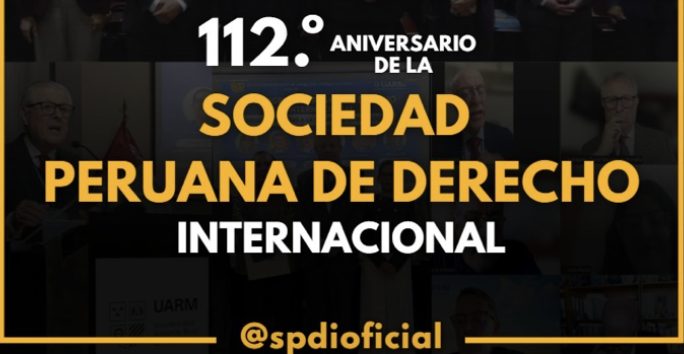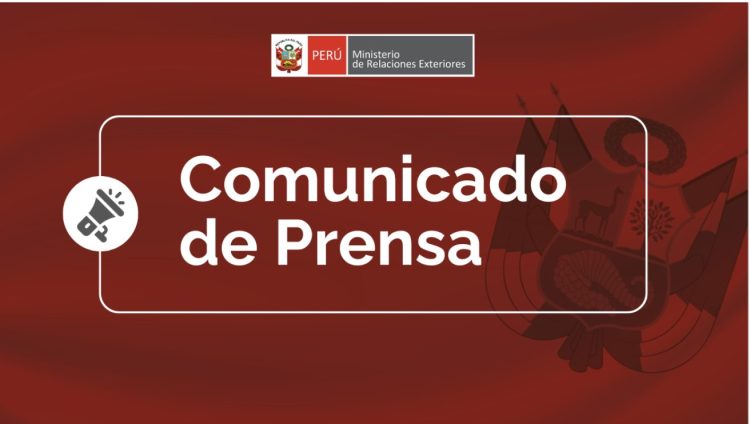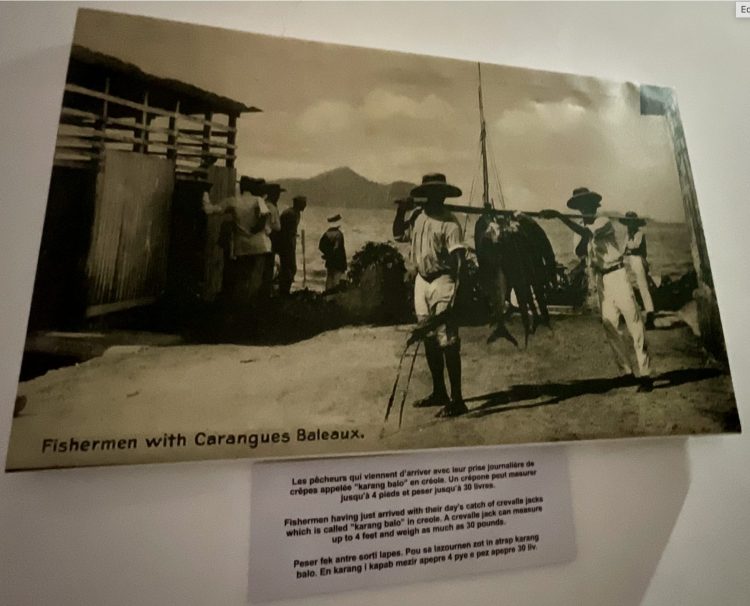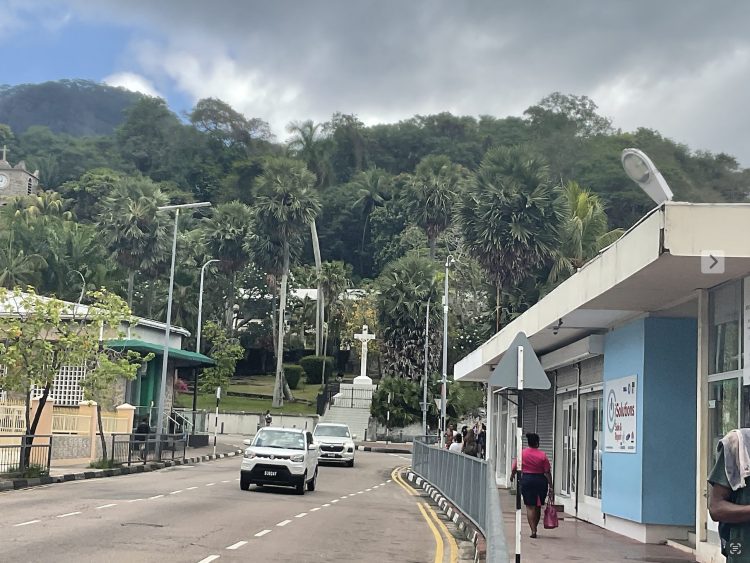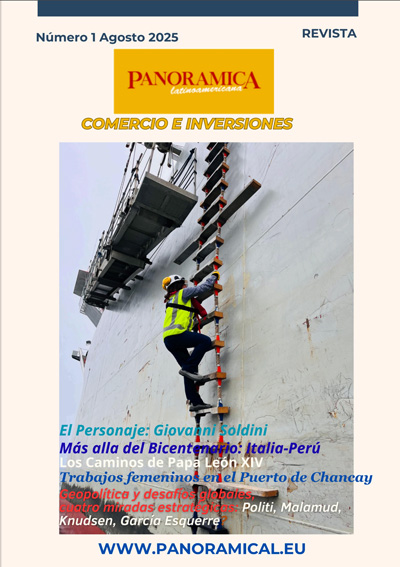
Nuestra Columnista, Christine Stevens, con su amplio conocimiento internacional como Embajadora del Reino de Bélgica, hace una panorámica histórico-internacional de la inserción de Cuba en las activas relaciones con los bloques más importantes. La actitud de la UE, el haber dejado de lado posiciones que impedían el diálogo fluido que ahora lo podemos verificar; su relación con la Iglesia y luego con el Vaticano que se ha coronado recientemente con la visita de Papa Francisco; su relación constante y ahora con positivas perspectivas con los Estados Unidos de Norteamérica. Además, lo más importante, Cuba, no obstante sus restricciones ha invertido en su gente, ha desarrollado sectores de investigación que le permiten tratar de forma paritaria e incluso con visión de cooperación con el mundo.
Introduction
Both the European Union, which has maintained diplomatic relations with Cuba since 1988, and the United States have embarked in 2014 in a policy of normalization of their relations with the Cuban regime.
Another major event which hit the Latin American continent in the space of two months in 2015 is the important progress made in the peace process in Colombia, a crucial phase which also determines the future balance of powers on the continent. The talks had been going on for three years in Havana.
The US-Cuba thaw, after more than fifty-three years of diplomatic freeze and extreme tensions as well as a threat of nuclear world war in 1962, on the one hand, and the evolution of the peace process in Colombia after fifty years of war between the government in Bogotá and the FARC-EP (Fuerzes Armadas Revolucionarias de Colombia-Ejercito del Pueblo), on the other, are two exceptional events occurring at two months intervals.

I. Relations between the EU and Cuba
On trade and business, the EU and Cuba maintain close ties. The EU is the largest direct foreign investor in Cuba; the EU provides over 50% of all foreign investment on the island is Cuba’s second largest trading partner (with 20% of the Cuban trade). The Union also holds an important place in the field of tourism. The EU opened a Delegation in Havana in January 2003.
However a crisis loomed up on the horizon. Following the measures taken by the Cuban government to arrest 75 dissidents in March 2003, the EU decided in June of the same year to limit governmental high-level visits, to reduce the participation of member states in cultural events and to invite Cuban dissidents to national celebrations ; after which, the following month, the Cuban authorities announced their refusal to accept any aid from the EU. But in 2005, with another change in the wind direction, the EU decided to take up a constructive dialogue to achieve concrete results in various fields and, for this purpose, suspended the 2003 measures.
On 24th March 2015, the High Representative of the European Union for Foreign Affairs and Security and Vice-President of the European Commission, Ms. Federica Mogherini met with Cuban President Raul Castro and Foreign Minister Bruno Rodriguez in Havana. After which, Ms. Mogherini declared she hopes Cuba and the E.U. “will be able to sign an agreement [for a new framework for bilateral relationship] by the end of 2015.” It was considered by the media an extremely successful visit as she met with the highest authorities, as well as members of the civil society, the Archbishop of Havana, Jaime Ortega and famous opponents of the regime, such as Yoani Sanchez. Cuban Foreign Minister, Mr. Rodriguez, was received in Brussels on 23rd April 2015.
On 29th April 2014, in Havana, Cuba and the EU opened negotiations for a bilateral political dialogue and cooperation, an important step towards strengthening relations between the EU and Cuba. A sensitive issue remains the promotion and defense of human rights and fundamental freedom. In October 2014, the EU declared its opposition to the US embargo against the island, as it considered that extraterritorial measures taken by the US undermine the EU’s interests. In September 2015, after the fifth round of negotiations Cuba-EU, the negotiators had discussed three main chapters of the future agreement. The discussions help deepen mutual understanding, facilitating a convergence of positions for the next meeting. It was agreed to hold the next round of negotiations in Brussels in late November 2015. Talks have been held on sensitive issues. There are however issues, like climate change, which are global issues where a convergence of views is at hand.
Changes of such magnitude don’t take place overnight. They happen “without a pause but slowly”, as President Castro customarily says, and with “a lot of patience”.

II. Cuba and the Vatican
Pope Francis has played a crucial intermediary role in the USA-Cuban thaw. The Vatican reported «great satisfaction» of the Pope «about this historic decision.» Vatican foreign policy gives a privileged diplomatic role to Cuba. Rome not only received the delegations of Cuba and of the United States to prepare the reconciliation, but also wrote to President Obama and to President Raul Castro to encourage them to achieve this political breakthrough. During his visit to Cuba, the Pope did not fail to appeal to the Colombian government and to the FARC rebels to ensure that the peace process going on for the last three years in Havana would eventually pull the country out of this long war.
Pope Francis visited Cuba from 19th to 22nd September 2015. This is the third papal visit since 1998. Diplomatic relations were established in 1935 but from 1959 on, relations became strained. The Cuban regime considered the Roman Catholic Clergy too conservative, and had expelled 130 foreign priests and placed religious Cuban clerics in camps. In 1961, the regime declared itself atheist, and nationalized the educational sector including all Catholic schools as well as the two Catholic universities. The Church was expropriated, so losing an important source of income. Since 1998, the dialogue between the Cuban regime and the Church started again, and the Vatican acted as mediator on the issue of the release of dissidents under Benedict XVI and of spies held by the United States and Cuba in 2014. Only 10% of Cubans are Catholic, competition from Protestant sects is very strong. The Cuban regime has made some concessions to the Church but is sticking to its guns regarding education.
III. Cuba and the United States
In 1961, the United States decided to break diplomatic relations with Cuba. In 1977, both countries mutually agreed to normalize relations by opening sections of US and Cuban interests in their respective capitals. Both countries entrusted their interests to the Swiss embassies in either capital. On the December 17th, 2014, a date which marks the official beginning of the «thaw» of Cuban-American relations, the two countries jointly announced the resumption of diplomatic ties, involving a relaxation of the US embargo on Cuba. However, the embargo can only be rescinded by Congress. This means that certain extraterritorial enforcement, such as the Helms Burton Act of 1996 or Section 211 of the Omnibus Appropriations Act of 1998, remain in force for the time being. In practice, the embargo is hardly respected. Indeed the United States has become the first food supplier for the island ; American tourists as well as Canadians are the largest in number ; and, thanks to the «remesas» that is to say the remittances by Cuban expatriates in the US to their families back in Cuba, the US are are a source of foreign exchange.
On July 20th, 2015, each country provided an embassy status to their section of interests and national flags were hoisted in Havana and in Washington.

IV. Cuba : a central role in the Caribbean
The first Lomé Convention (N.B.: there were four in all) was concluded in 1975 succeeding the Yaoundé Convention of 1963, linking the European Economic Community and the former colonies of certain Member States. In 2000, was signed the Cotonou Agreement, twice revised. It will expire on February 29th 2020. A legally binding instrument establishing common institutions and a framework for dialogue with each of its members, it has a political, an economic and a trade dimension and also a chapter on financial development. Although Cuba has not signed the agreement, even though it had expressed its wish to do so, the ACP Group decided to integrate Cuba.
On 6th October 2015, Ms. Frederica Mogherini launched a public consultation on the future of the partnership between the European Union and the African, Caribbean and Pacific states for the period after 2020, when the Cotonou Agreement expires. «It is time, she said, to evaluate our cooperation and to find new ways to develop our partnership around the challenges and common interests we all share» and Mr. Neven Mimica, European Commissioner for Cooperation and International Development, declared that «by launching the public consultation, we open a debate to see what problems we should focus on in the future partnership and how it can become an effective way to promote our shared interests in a time when we face so many challenges. » The consultation, which will last twelve weeks, going well beyond mere trade issues and development cooperation, will cover topics such as peace and security, the fight against terrorism and organized crime, sustainable and inclusive growth, migration, political cooperation and many others topics.
V. Recent political visits to Cuba
This last year, Cuba has received a number of diplomatic and business delegations from countless countries around the world. The presence of Cuba on the international stage has been very visible : the country has dealt with several rounds of negotiations with the U.S. and the E.U., and has participated in a number of summits of which the Summit of the Americas in Panama, the CELAC Summit in Costa Rica and the EU-CELAC Summit in Brussels.
Conclusion
Hopefully, Ms. Mogherini’s mission to Cuba will encourage the E.U. to concentrate itself more on Latin America. Historically, only a few member states of the E.U. allocated importance to Latin America, Spain always had great interest in Latin America. The E.U. has reinforced its political engagement in the region and expanded its so far already important trade and economic relations. Growing competition for the biggest Caribbean market is rife between the US and the EU.
Cuba has become an axis in the Caribbean. The rapprochement between Cuba and the US is an historical event, a consequence from the changes on the world stage after the fall of Communism and the rise of new powers which question the international balance. The significant role played by Venezuela under the President Chavez (creation of the ALBA-Alianza Bolivariana para los Pueblos de Nuestra América, and other regional initiatives under the Venezuelan and Cuban impulse – Bancosur, Petrocaribe, Telesur, Petrosur -or supported by Venezuela – UNASUR) have also left their marks in the continent.
Thus, if the economic development of Cuba is distressing, the island has, however, accumulated unparalleled experience in the fields of health (particularly ophthalmology), education, arts, music, and biotechnology. Cooperation could be built between the EU and Cuba in many areas where additional inputs will enrich the parties and enhance their inter regional relations.
The Caribbean island is the gateway to Latin America where the US and the EU have lost much of their influence to the advantage of China and Russia. Moreover, Cuba has diplomatic relations with all countries of the Latin American continent and plays a prominent role in most regional organizations. Conversely, countries in the Latin American continent on various occasions expressed their solidarity with Cuba, which plays a key role in this region. Economic, trade and scientific issues in a variety of sectors such as agribusiness, renewable energy, transport, and biotechnology, in particular for investment in the port of Mariel (with Brazilian capital), justify the interest for this country.
The best way to promote mutual interests is to base relations with Cuba on respect for sovereignty, dialogue and the principle of non-interference in the affairs of state, fundamental principles of international law.
Sources: official documents of international institutions, international media, press agencies, etc.

